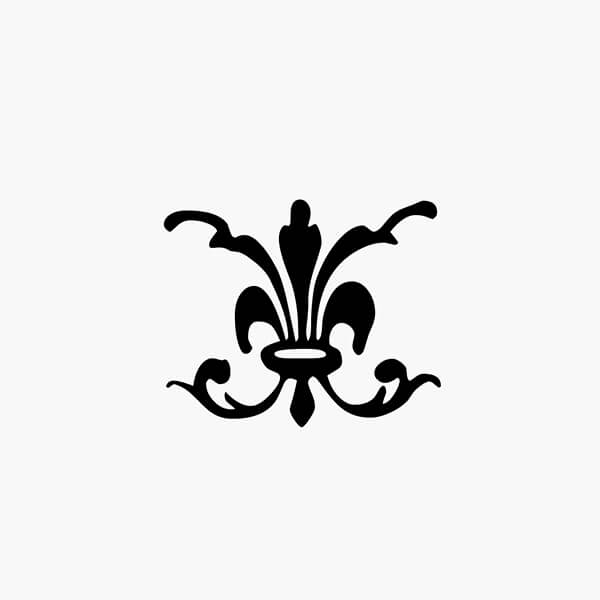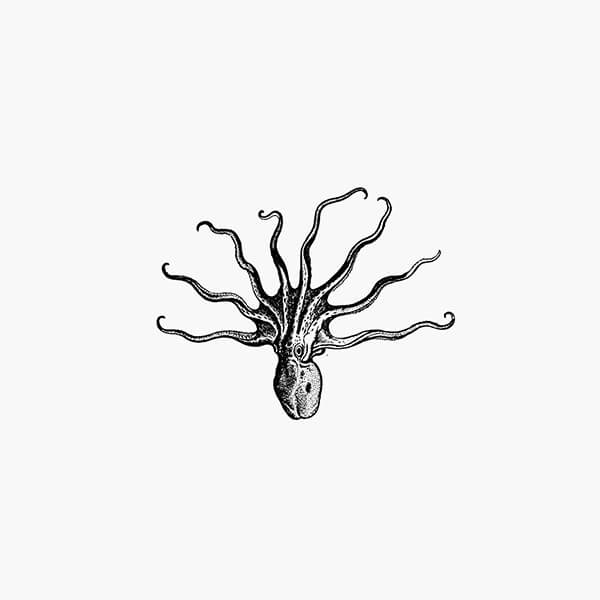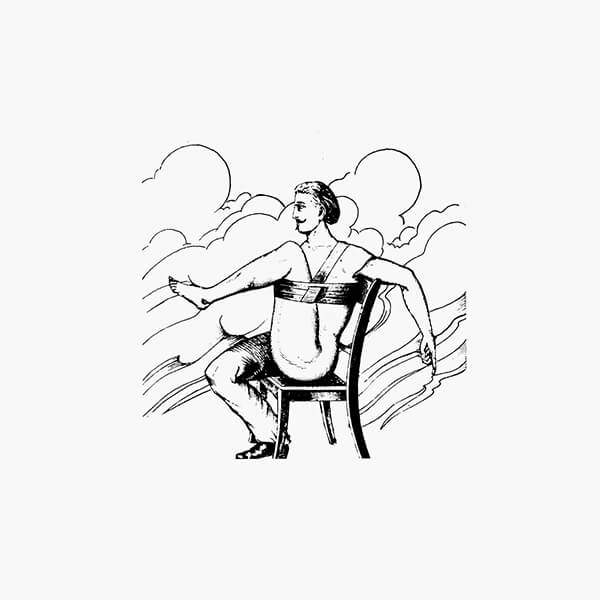



























Quadreria
5768 Imago Urbis
Dalla città reale alla città ideale
Texts by André Chastel, Alberto Tenenti, Cesare de Seta, Massimo Ferretti
1986 / 200 PAGES
During the Renaissance, geometric bodies and abstract perspectives were privileged elements in decoration, spectacularly taking shape and being expressed thanks to the art of inlay.
This volume centres on the urban perspectives inlaid in stalls, cabinet doors and chests during the Renaissance. For centuries, these masterpieces were used to support the backs of canons rather than rousing aesthetic interest – partially because in mid 16th-century Italy, wood and its inlay had lost prestige due to the fashion of semi-precious stones.